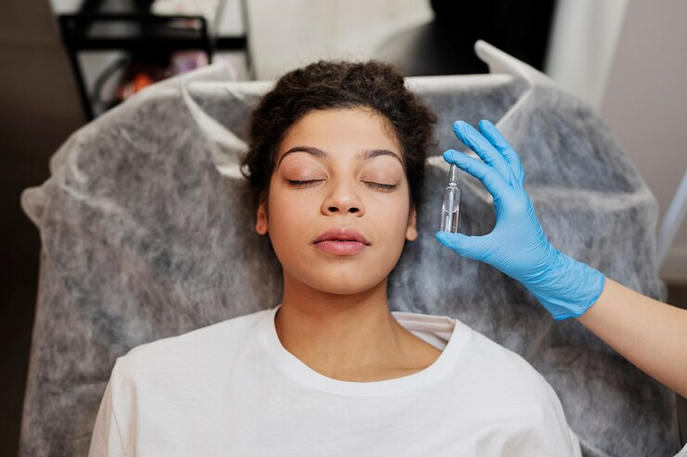In the quest for solutions to combat hair loss and stimulate hair regrowth, microneedling has emerged as a groundbreaking technique with promising results. This article explores the science behind microneedling, its effectiveness in promoting hair growth, and considerations for those considering this innovative approach.
Understanding Microneedling
Microneedling, also known as collagen induction therapy, involves the use of a specialized device equipped with fine needles to create controlled micro-injuries in the skin's surface. Originally developed as a skin rejuvenation treatment, microneedling has garnered attention for its ability to stimulate hair follicles and promote hair growth.
The process of microneedling triggers the body's natural wound-healing response, stimulating the production of collagen and elastin. Additionally, it enhances blood circulation to the treated area, facilitating the delivery of essential nutrients and growth factors to the hair follicles. This combination of factors creates an optimal environment for hair regrowth.
Efficacy in Hair Growth
Research on microneedling for hair growth has shown promising results. Studies indicate that microneedling can increase the proliferation of hair follicle stem cells, leading to the regeneration of dormant follicles and the promotion of new hair growth. Additionally, microneedling improves scalp health by reducing inflammation and increasing blood flow, factors crucial for maintaining healthy hair follicles.
Clinical trials and observational studies have demonstrated the effectiveness of microneedling in improving hair density, thickness, and overall scalp condition. Patients undergoing microneedling treatments have reported noticeable improvements in hair growth, with many experiencing regrowth in areas previously affected by baldness or thinning.
The Procedure and Considerations
Microneedling for hair growth typically involves a series of treatments spaced several weeks apart to achieve optimal results. During each session, a trained professional administers the microneedling device to the scalp, targeting areas of concern. The procedure is relatively quick and comfortable, with minimal downtime and side effects.
While microneedling is generally safe for most individuals, certain factors may affect its suitability or efficacy. Patients with underlying scalp conditions, such as psoriasis or eczema, may need to consult with a dermatologist before undergoing microneedling treatments. Additionally, individuals with a history of keloid scarring or poor wound healing may not be suitable candidates for microneedling.
Combination Therapies
Microneedling can be combined with other hair growth-promoting treatments to enhance its effectiveness. For example, topical medications such as minoxidil or platelet-rich plasma (PRP) can be applied to the scalp immediately after microneedling to maximize their absorption and therapeutic benefits. This synergistic approach can yield superior results compared to standalone treatments.
Additionally, lifestyle modifications such as adopting a balanced diet, managing stress levels, and avoiding harsh hair care practices can complement microneedling treatments and support long-term hair health. By addressing underlying factors contributing to hair loss, individuals can optimize the outcomes of microneedling and maintain the results over time.
Conclusion: A Promising Solution for Hair Regrowth
In conclusion, microneedling offers a promising solution for individuals seeking to enhance hair growth and combat hair loss. By harnessing the body's natural healing mechanisms, microneedling stimulates hair follicles, promotes circulation, and creates an optimal environment for hair regrowth. With its minimal invasiveness, short recovery time, and noticeable results, microneedling has emerged as a preferred option for those looking to address hair loss concerns.
However, it is essential for individuals considering microneedling treatments to consult with qualified professionals, undergo thorough evaluations, and set realistic expectations regarding outcomes and treatment plans. By taking a comprehensive approach to hair health and combining microneedling with complementary therapies, individuals can achieve enhanced hair growth and regain confidence in their appearance.





Comments